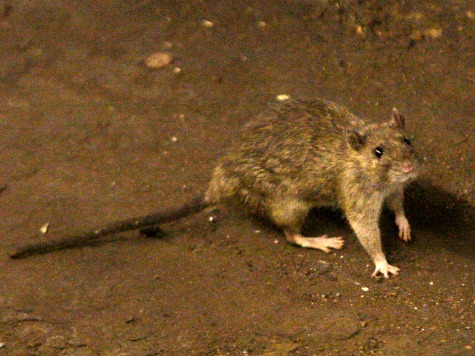
The World Health Organization (WHO) reported at least 119 cases of the bubonic plague in Madagascar with at least forty deaths. The situation could become worse since the disease is now in the capital of Antananarivo, the country’s largest city, and deltamethrin, the leading insecticide against fleas, is not working.
“There is now a risk of a rapid spread of the disease due to the city’s high population density and the weakness of the healthcare system,” said WHO.
The bubonic plague is spread between rodents by fleas. A human bitten by one of these fleas contracts the bubonic plague. Antibiotics can treat the plague, but if the disease reaches the patient’s lungs, it turns into pneumonic plague. This strain can kill the patient within 24 hours. Both strains are contagious through coughs. Unfortunately, 2% of the cases in Madagascar are the pneumonic strain.
WHO is working with the Red Cross and the Madagascar government to treat the outbreak. The African Development Bank donated $200,000 for relief.
“WHO is providing technical expertise and human resources support,” the organization said in a statement. “Measures for the control and prevention of plague are being thoroughly implemented in the affected districts. Personal protective equipment, insecticides, spray materials and antibiotics have been made available in those areas.”
Madagascar did not notify WHO until November 4. The first plague case was in Soamahatamana, which is 137 miles from Antananarivo. In 2012, health experts warned Madagascar of a possible outbreak if the government did not take proper precautions, mainly with the rat-infested jails. There is no information how the first patient contracted the disease.

COMMENTS
Please let us know if you're having issues with commenting.